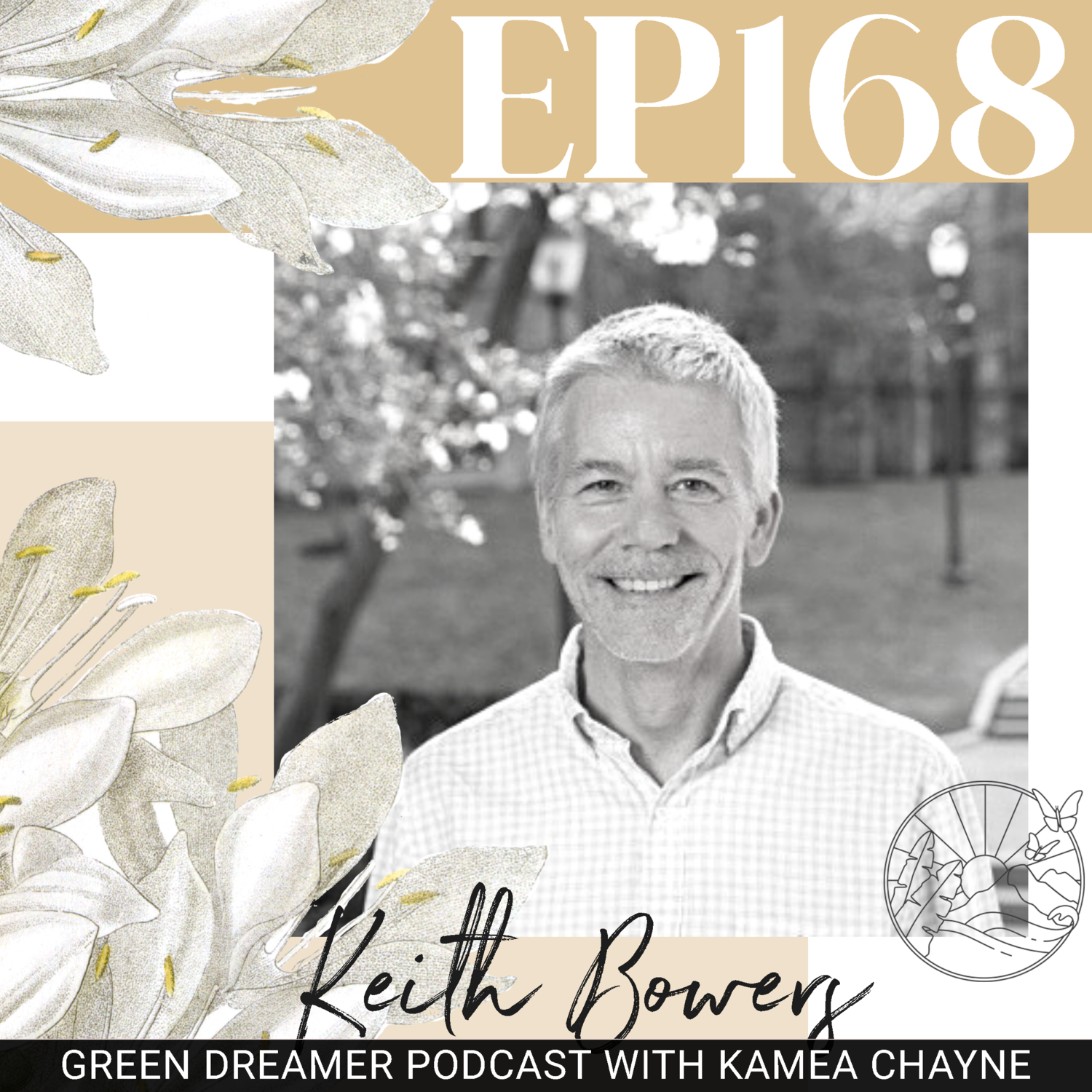The connectivity and complexity in urban ecology beyond simply 'greening' our landscapes (interview with keith bowers of biohabitats, part two)
Keith Bowers (@biohabitatspres) is the Founder and President of Biohabitats, a multidisciplinary organization focused on conservation planning, ecological restoration and regenerative design, and he has been at the forefront of applied ecology, land conservation and sustainable design for over three decades.
In this podcast episode (which is PART 2 of this interview—make sure to listen to PART 1 on episode 167 first!), Keith sheds light on what it means to support more technology-driven solutions to our environmental issues as opposed to solutions based more on biomimicry; why simply greening our urban spaces without looking at habitat connectivity and the specific choices of species may be inadequate for maximizing our positive impacts with restoration; and more.
As a preview to this episode, below are some highlights you can take note of.
“One of the big things we can do is to appreciate the wild, the unkempt, and the randomness of native habitat.”
If you feel inspired by this episode, please consider donating a gift of support of any amount today!
This is a conversation on Green Dreamer with Kamea Chayne, a podcast and multimedia journal illuminating our paths towards ecological balance, intersectional sustainability, and true abundance and wellness for all. This preview has been edited for clarity. Subscribe to Green Dreamer Podcast on iTunes, Spotify, Stitcher, or any podcast app to stay informed and updated on our latest episodes.
On why we need to move past simply ‘greening’ our landscapes:
“Just like we need a road to get from our house to our school or a shopping center, species need corridors to move about the landscape and they need to interact with other species to increase the gene pool.
If we don’t pay attention to that, then we can have all the green patches we want scattered throughout the country, and we’re going to create a genetic sink for these species.
That’s what we really need to think about to develop in a way that limits our environmental impact.”
On how we can begin supporting restoration:
“There are a lot of things we all can do.
For me, one of the big things we can do is to appreciate the wild, the unkempt, and the randomness of native habitat.
In many ways, we all like this idea of things being manicured because it feels safe and predictable to us. But if we give a little there in areas and appreciate that wildness, that alone will help from a biodiversity standpoint."
Final words of wisdom:
"The number one value in our organization is to revere wild nature. It's just not nature, it's just not wildness, but if we revere it in a way where we're awestruck by it, that would be great. Find that in every place that you go.
We can also seek ecological democracy—thinking from an ecocentric perspective instead of an anthropocentric perspective and considering if other species have a say at the table.
And just advocate. More and more, we're learning that advocacy can play such a huge role and should be embedded in all the work that we do.”

